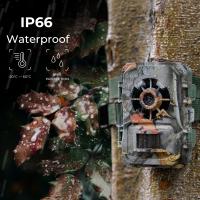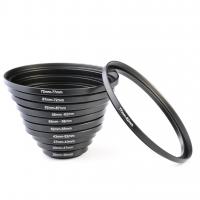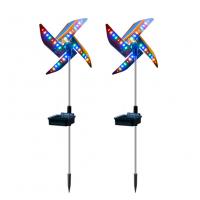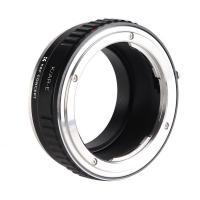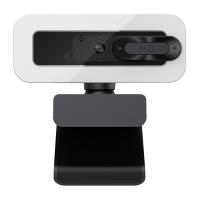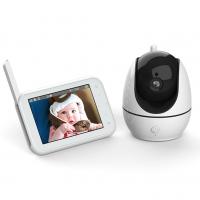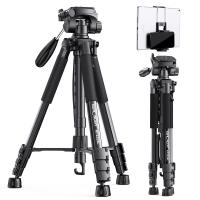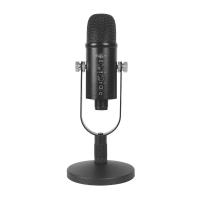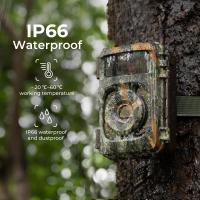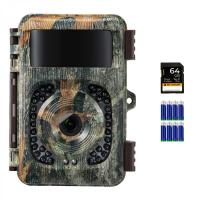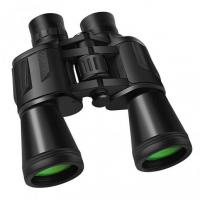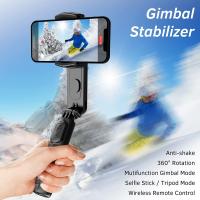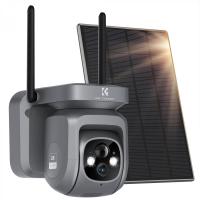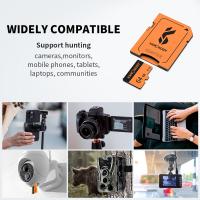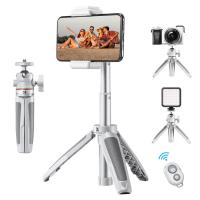How To Set Up Garden Camera Wildlife?
Setting Up a Garden Wildlife Camera: A Comprehensive Guide
Nature enthusiasts often seek ways to observe wildlife without disturbing their natural habitat. Setting up a garden wildlife camera is an excellent solution to monitor and document the biodiversity residing in your backyard. Whether you're an amateur nature lover or a professional conservationist, this comprehensive guide will walk you through the essential steps to set up a garden wildlife camera and delve into the finer aspects to enhance your wildlife observation experience.
Understanding the Purpose and Benefits of a Wildlife Camera
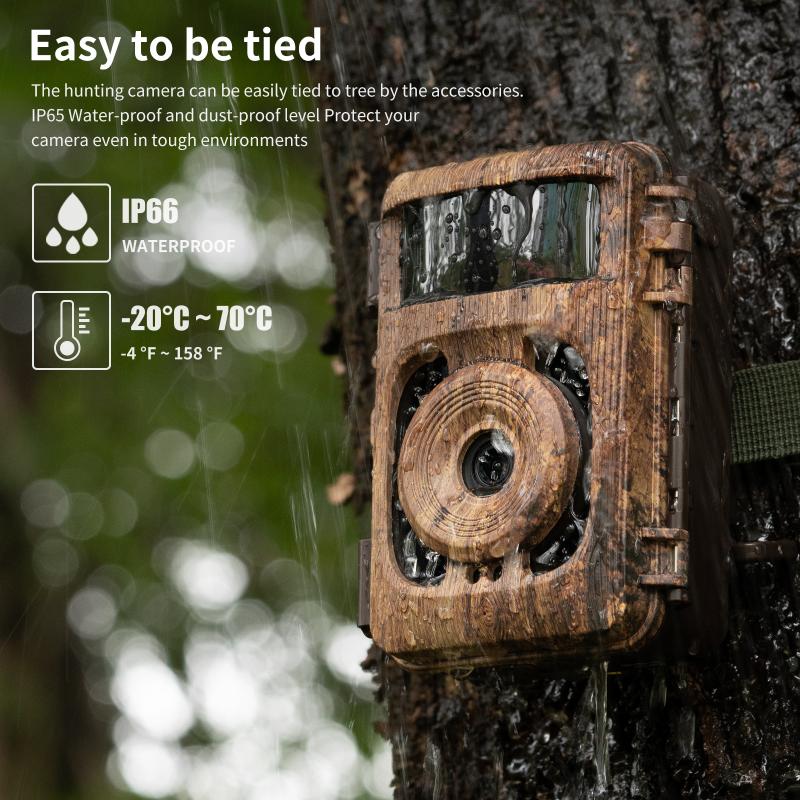
Before diving into the technical setup, it's crucial to understand the benefits of installing a wildlife camera in your garden:
1. Observing Nocturnal Animals: Wildlife cameras equipped with night vision allow you to observe creatures that are active at night, such as hedgehogs, foxes, or owls.
2. Behavioral Study: These cameras help in studying animal behavior in their natural habitat, providing insights such as feeding patterns, mating rituals, and territorial behaviors.
3. Biodiversity Monitoring: Documenting the different species that visit your garden can aid in conservation efforts and track biodiversity changes over time.
4. Educational Purpose: Capturing wildlife activities can be educational, especially for children, fostering a deeper appreciation and understanding of nature.
Choosing the Right Camera
Selecting the appropriate camera is the first step towards successful wildlife monitoring. Various factors should be taken into consideration:
1. Resolution: A higher resolution camera (1080p or higher) will provide clearer, more detailed images.
2. Trigger Speed: A fast trigger speed (0.2-0.5 seconds) ensures that fast-moving animals are captured without significant motion blur.
3. Battery Life: Opt for cameras with long battery life or solar-powered options if they will be in use for extended periods.
4. Night Vision Capability: Ensure the camera has infrared LEDs for clear night-time recording without disturbing the animals.
5. Weather Resistance: Cameras should be waterproof and robust enough to withstand varying outdoor conditions.
Placement of the Camera
Strategic placement of your wildlife camera is crucial for capturing the best footage without disrupting the animals:
1. Identify Animal Trails: Look for signs of frequent animal activity, such as pathways, droppings, or feeding spots, to decide where to place the camera.
2. Height and Angle: Mount the camera at angles that cover the target area effectively. Typically, mounting the camera 2-3 feet off the ground works well for small to medium-sized animals.
3. Avoiding Obstructions: Ensure that branches, leaves, or other objects do not obstruct the camera’s view.
4. Stealth Placement: Position the camera in a way that it is not easily noticeable to avoid disturbing the wildlife.
Setting Up the Camera
Once you have chosen the right camera and decided on its placement, follow these steps to set it up effectively:
1. Unboxing and Assembling: Upon unboxing, check all components and follow the manufacturer’s assembly instructions.
2. Insert Batteries and Memory Card: Insert batteries and a high-capacity memory card to store the footage. Ensure both are securely placed.
3. Configure Settings:
- Date and Time: Set the correct date and time to timestamp your recordings for accurate observation logs.
- Mode Selection: Choose between photo, video, or hybrid modes depending on your observational goals.
- Sensitivity Level: Adjust the motion detection sensitivity to balance between capturing animals and avoiding false triggers from wind or small movements.
Testing the Setup
Before leaving your camera for long-term observation, it’s critical to conduct a test run:
1. Test Shots: Take some test photos or videos to verify the camera is working correctly and capturing the desired area.
2. Adjustments: Make necessary adjustments to angle, height, or settings based on the test shots to optimize coverage.
3. Final Placement: Once satisfied with the test results, securely mount the camera at the chosen location.
Maintaining Your Camera Setup
Regular maintenance and monitoring of the camera are vital to ensure continuous optimal performance:
1. Battery Check: Regularly check and replace batteries to ensure the camera doesn’t miss important captures.
2. Memory Management: Periodically check the memory card to download and clear old footage, ensuring there is always space for new recordings.
3. Weather Protection: Inspect the camera after adverse weather conditions to ensure it hasn’t been displaced or damaged.
Analyzing and Utilizing Your Footage
The footage captured by your wildlife camera can provide valuable insights and be used in various ways:
1. Identifying Species: Use field guides or online resources to identify and document the species captured on camera.
2. Behavioral Analysis: Study the footage for any unique or interesting behavioral patterns.
3. Sharing and Educating: Share the most interesting findings with local wildlife organizations, educational institutions, or on social media to raise awareness and foster community interest in local wildlife.
4. Scientific Contribution: If conducting a formal study, catalog the footage systematically for scientific records and potentially contribute to conservation research.
Ethical Considerations
While observing wildlife, it’s imperative to maintain ethical standards to ensure minimal disturbance:
1. Non-intrusive Monitoring: Ensure the camera setup does not interfere with the natural behavior of the animals.
2. Local Regulations: Comply with any local regulations or guidelines regarding wildlife observation and camera placement.
3. Privacy Respect: Be considerate of neighboring properties to avoid inadvertently capturing private areas.
Setting up a garden wildlife camera is a rewarding endeavor that can bring you closer to nature and significantly contribute to wildlife conservation efforts. By carefully selecting the right camera, strategically placing it, and conducting regular maintenance, you can capture stunning and informative footage of the wildlife that shares your garden space. Always remember to follow ethical practices to ensure that your wildlife observation is responsible and environmentally friendly. Engaging with local wildlife through this non-intrusive method not only heightens your connection to nature but also helps in raising awareness and appreciation for the diversity of life thriving around us.




